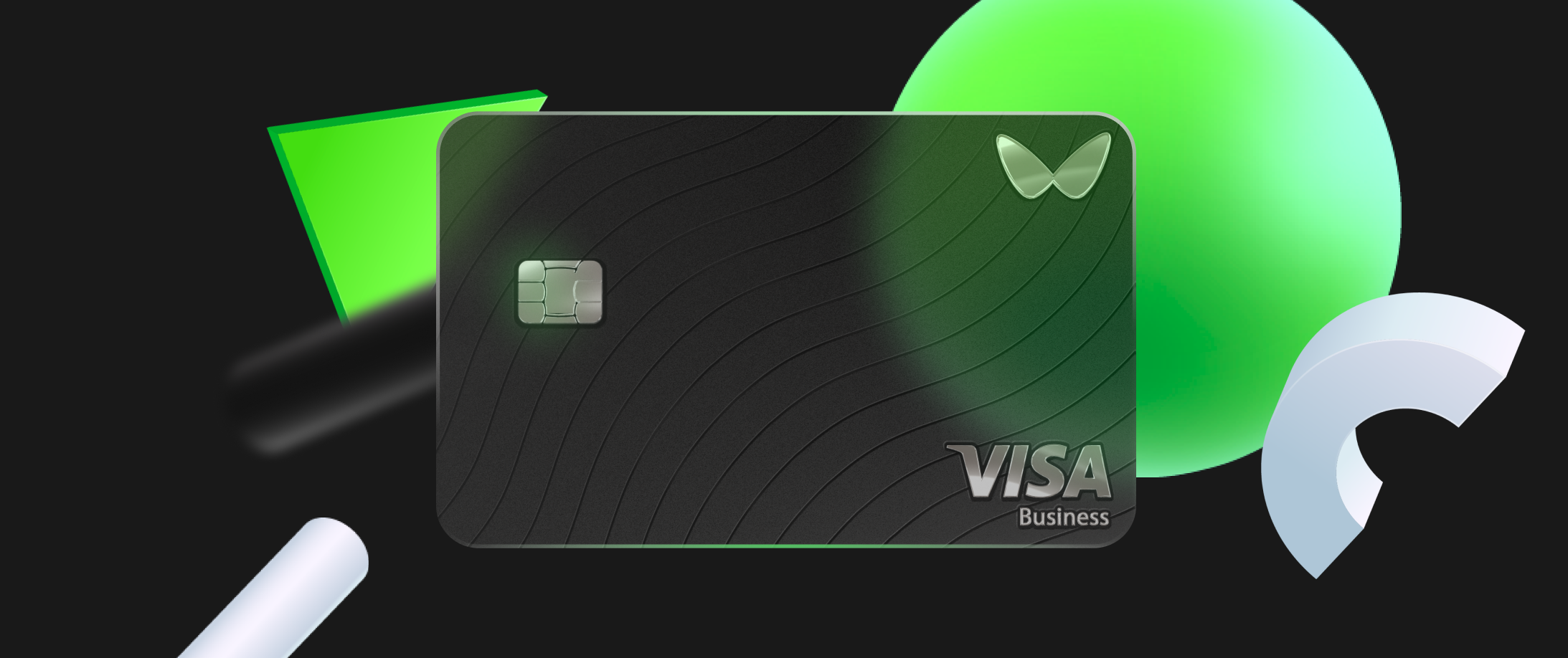Did you know you engage with embedded financial products when you avail of ridesharing services, place a food order on an app, or use any mobile payment app to pay your bills.
Embedded finance services have become an integrated part of the finance market, expected to reach $138 billion in the coming years.
Whether it is financial interaction or any other financial product, this inevitable technology can give you a more accessible and quicker financial solution without needing to visit banks. Simply put, embedded finance services enable consumers, businesses, and companies to accept, lend payments or provide insurance without conventional financial institutions.
Keep reading if you want to learn more about how digitization in the Fintech sector works for your business or how integrating new financial mechanisms can improve your transactions.
What is Embedded Finance?
Understanding or getting a grip on “embedded finance” is challenging, like other new concepts. Simply put, embedded finance relies on financial services and tools such as payment processing or lending by any non-financial provider.
Consumers can streamline financial processes through embedded financing, making accessing the required service simpler. In the past, customers may have needed to physically visit a bank to apply for credit to make a significant purchase.
Embedded finance or digital banking products can do both tasks at the same time. Klarna, Amazon’s EMI lending choices, and AfterPay are some of the most renowned instances of integrated finance. Remember that embedded finance is not just about providing convenience to consumers, companies, or startups – it also has other purposes.
Banking as a Service (BaaS)
Banking as a Service can help financial institutions better understand customers’ spending needs and habits. Consumer data helps develop businesses in the future.
Banking as a Service (BaaS) is commonly used in embedded finance. It refers to an outsourcing strategy businesses outside the banking industry employ in embedded payments to rebrand the banking services for use.
Businesses finding it difficult to provide direct banking services to their clients include:
· Requirements for risk and regulatory compliance
· Developing the required technology
BaaS providers allow businesses to provide beneficial services to their clients without disclosing the involvement of a third party. However, it is not much different from open banking; the only difference is that non-banking companies provide services that rely on banks’ data.
Who is Embedded Finance For?
Embedded finance is for all types of businesses and startups. If you’re a service provider, you can integrate finances on your app or website, so your buyers don’t have to go through lengthy and taxing manual steps of dealing with the bank details to access your product or services.
Embedded lending or embedded payments act as a bridge between customers, brands, and financial solution providers. With digital financial services, customers can seamlessly complete transactions using a single platform.
Embedded finance helps deliver more efficient and innovative services on B2C (the consumer side). It also offers an innovation level and opportunities for B2B (business-to-business).
B2B networks can use embedded finance to stop delayed and late payments in their tracks. Machine learning assesses prior payment trends to generate probabilistic evaluations of the few unlikely to be paid. Businesses can spend the rest of the invoices automatically when received.
Importantly, this technology may be integrated into all aspects of the payment processes for suppliers, including Purchase-to-Pay (P2P) platforms, payment processing systems, and Enterprise Resource Planning (ERP) systems, to increase the speed at which money is made available to suppliers.
Embedded Finance Examples

Embedded Payments
The most distinguished sort of embedded finance product is embedded payments. Customers may place an order and pay for it all in one application with the help of Instacart, Amazon, DoorDash, Uber, and Walmart, which all support embedded payments.
Google Pay, Venmo, and Apple Pay are some more embedded payment programs where users may save bank data and complete transactions in one location.
Embedded Card Payments
Embedded payment card payment is a CX strategy where digital and finance payment processing is incorporated into the eCommerce purchasing journey. You don’t have to bring it through a third-party payment provider or banking service afterwards.
Embedded Lending
Buyers can access various deferred payment facilities without going to a lender or bank when financing products or credit are incorporated into a non-financial services provider, such as a store or marketplace.
Embedded lending, more often known as BNPL, is well-known in consumer-focused embedded finance due to the prevalence and success of big businesses. However, a growing B2B BNPL market offers firms a better digital trade credit alternative, eliminating the need for onerous paperwork and drawn-out approval processes.
Embedded Investments
Embedded investment firms include programs like Robinhood, Cash App, and Acorns that combine stock market investing. Without leaving the app or interacting with an investment advisor, selling, buying, and exchanging stocks are possible.
Embedded Insurance
After spending a significant amount of time, money, and effort researching and purchasing the product in the first place, a customer wishing to cover a new purchase would have to go through the tedious process of identifying and acquiring the best insurance package they could find.
However, embedded insurance has changed it. Buyers can find and add an insurance product to a transaction at the time of need, avoiding the need to speak with a broker or insurance agent. It effectively eliminates the need to sift through possibilities from various insurers.
One of the typical examples of embedded insurance is Travel Company. It offers travel insurance to customers when they purchase a train or flight ticket.
Embedded Banking
Embedded banking differs from embedded finance in many ways. Additionally, there are cases where businesses provide banking services to restore savings accounts offered by conventional financial institutions.
Examples of embedded banking include the Lyft debit card, which enables drivers to get payment from the ridesharing company right away. Through the initiative, drivers can also open a separate savings account.
Moreover, businesses can utilize Shopify for a similar embedded banking use case. Shopify’s banking function aims to persuade small business owners and startups to open separate business bank accounts rather than use personal checking accounts.
Benefits of Embedded Finance
Embedded finance can benefit businesses and companies, whether in a consumer or B2B context. While the benefits may vary according to the methods, they can apply to almost all consumer embedded and b2b payment iterations.
Here are some of the most common benefits of employing embedded finance.
✅ Increased Convenience
The B2B customer experience has recently received the same attention as consumer experiences. Businesses can grow their revenue and stand out by offering smooth B2B processes.
Embedded payments speed up and simplify transactions. From the consumer experience and perspective, this is the most crucial benefit. Even something as simple as constantly entering bank account information is considered a hassle that increases the risks of abandoned purchases.
The effort, time, and risk involved in creating and maintaining a native version of the service are arduous for enterprises without a BaaS provider. In addition to that, getting a regulatory certificate alone is also time-consuming and expensive for businesses.
✅ Improved Revenue
Improved revenue is the primary advantage of embedded finance. As it makes customers spending quicker and easier, it can promote revenue growth and sales.
✅ Increased Customer Sign-Up, Retention, and Loyalty
Companies must often implement integrated finance or embedded payment strategies to avoid losing customers to more innovative rivals.
That makes offering cutting-edge financial services that carry prestige and reliability crucial. Both features are incredibly advantageous for repeat business and brand recognition. Additionally, organizations that provide both B2B and consumer services place a high value on customer loyalty.
Embedded finance is significant as it offers a line of credit customers can use online conveniently. It is one way to keep B2B clients coming back.
✅ Précised Analytics
Embedded finance makes Better analytics and data collection possible for businesses. Real-time updates and thorough reporting are accessible because of the technology involved.
The proper method also makes collecting customer feedback simpler. As a result, businesses can better comprehend the problems that their clients face, carry out more effective marketing campaigns, and plan for the future.
Embedded Finance Providers | Wallester
Creating a successful embedded finance strategy that meets the demands of your business is the first step. This entails assessing your digital requirements and choosing the tools you wish to integrate.
Remember that identifying your company’s objectives to take embedded finance initiative is also an essential part of the process. These could include improving customer service, expanding an existing clientele, or starting a new business to cater to a particular target market or demand. For instance, embedded payment is one strategy that can help you improve clients’ satisfaction. A BNPL model makes services and goods more accessible to some customers. Similarly, embedded insurance makes it easy for your business to become the first choice of your customers.
However, choosing the right embedded finance provider, such as Wallester, is crucial to reap the advantages of embedded finance. The leading company creates impactful and meaningful digital brands via embedded finance.
It provides a payment service provider with expertise in solutions for processing, white label card issuance, and payments. It is one of the first companies to use embedded finance technology and methodology, and it strives to keep clients and raise their lifetime value.
Wallester is typically a Fintech initiative that seeks to streamline, secure, and expedite transactions. The company offers processing and card issues, BIN sponsorship, white label options, and all types of cards, including debit, prepaid, credit, corporate, and consumer cards for any business.
Whether you’re a Fintech company, a loan provider, or a financial institution, Wallester services can benefit you.
Conclusion
The increasing need for simpler, quicker, and more convenient financial services, along with increasing online transactions, has fueled the platform ecosystems. As a result, the entire concept of embedded finance is strengthened. Businesses, retailers, and companies are integrating it into their transaction systems to make financing more efficient. Thus, the article explains everything you need to know about embedded finance and its benefits for your business.
We would be delighted to assist you if you’re in search of a trustworthy business partner.
Let’s discuss your business case and how we can be beneficial to you.
Please fill out this form, and our team will contact you.



